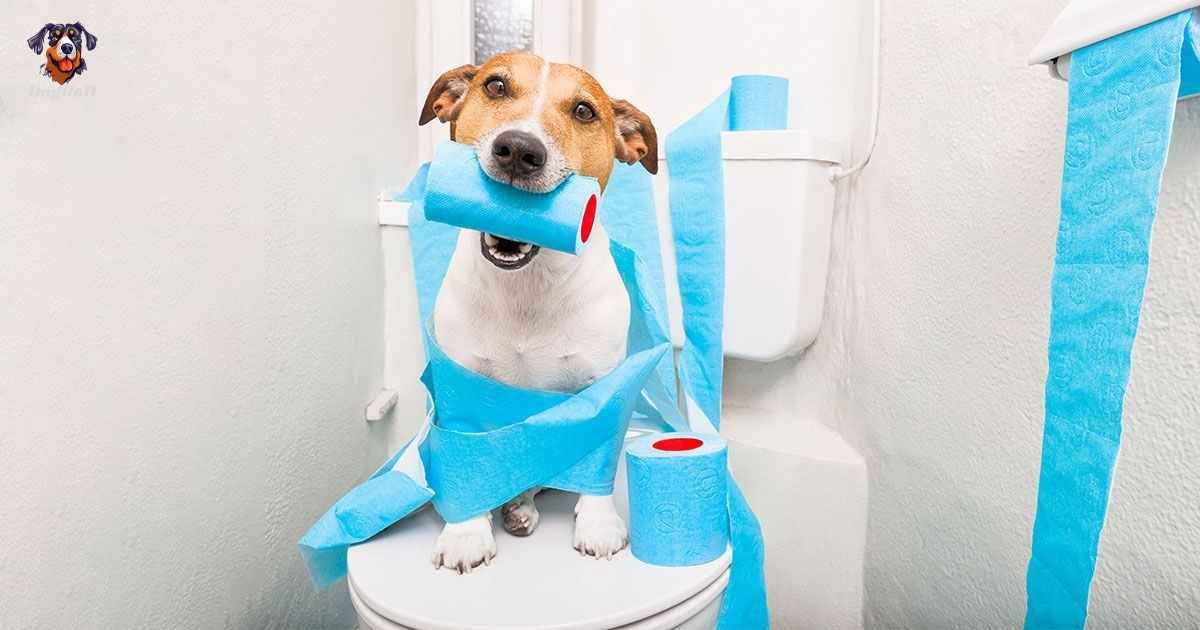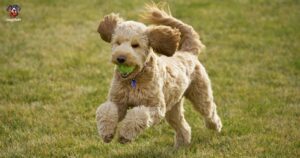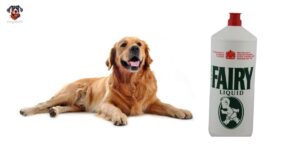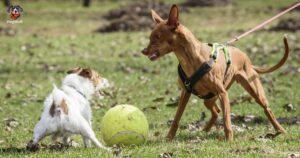Toilet training a puppy is one of the most important tasks every dog owner must tackle. It’s a process that requires patience, consistency, and the right techniques. Whether you’re a first-time pet parent or adding a new furry member to your family, this comprehensive guide will walk you through the ins and outs of how to toilet train a puppy dog effectively.
Why Puppies Need Toilet Training
The Importance of Toilet Training
Toilet training your puppy is crucial for a harmonious household. Puppies, like babies, need guidance to develop proper habits. Without training, accidents will likely occur, leading to unnecessary frustration. Proper training also fosters a stronger bond between you and your puppy, as it involves communication, trust, and understanding.
Understanding Puppy Development
Puppies have small bladders and underdeveloped control over their bodily functions. This can make house training a challenge, especially if you’re wondering about other pet-related concerns, like Can fleas live without a host dog? Here’s a quick timeline to keep in mind.
| Age (Weeks) | Bladder Control | Recommended Actions |
|---|---|---|
| 8–12 | Minimal control | Frequent toilet breaks (every 2 hours). Supervised training. |
| 12–16 | Moderate control | Gradually extend intervals between breaks. |
| 16+ | Developing stronger control | Introduce longer outdoor potty routines. |
Recognizing that accidents are natural during this learning phase can help you stay patient and positive.
Recognizing Your Puppy’s Potty Signals
One of the keys to successful toilet training is learning how your puppy communicates their needs. Most puppies exhibit clear signals when they need to go. Common signs include:
- Sniffing the ground: Puppies often sniff in circles to find a suitable spot.
- Restlessness: Pacing, whining, or acting distracted are common signs.
- Heading toward the door: This is particularly common for puppies already exposed to outdoor potty training.
Tip: Keep a close eye on your puppy, especially after meals, naps, or playtime. These are the most likely times they’ll need to go.
Setting Up for Toilet Training Success
Preparation is half the battle when it comes to how to toilet train a puppy dog. Setting the right foundation can make the entire process smoother.
Choosing a Designated Toilet Area
- For outdoor training: Pick a consistent spot in your yard or nearby. Dogs thrive on routine, so taking them to the same spot reinforces the behavior.
- For indoor training: Use puppy pads or litter trays in an easily accessible area, away from their sleeping or eating spaces.
Gathering Essential Supplies
Here’s a checklist of must-have items for toilet training your puppy:
- Training pads for indoor potty areas.
- Enzymatic cleaners to remove odors from accidents (preventing repeat marking).
- Leash and collar for outdoor potty trips.
- High-value treats for rewarding successful toileting.
Creating a Routine
Dogs thrive on structure. Establish a consistent schedule for feeding, playing, and potty breaks.
Sample Toilet Training Schedule:
| Time | Action |
|---|---|
| Morning (after waking) | Take puppy outside to their toilet spot. |
| After breakfast | Supervised outdoor potty break. |
| Mid-morning | Playtime, followed by a potty break. |
| Afternoon | Another potty break after lunch. |
| Evening | Final potty trip before bedtime. |
Step-by-Step Guide to Toilet Training a Puppy Dog
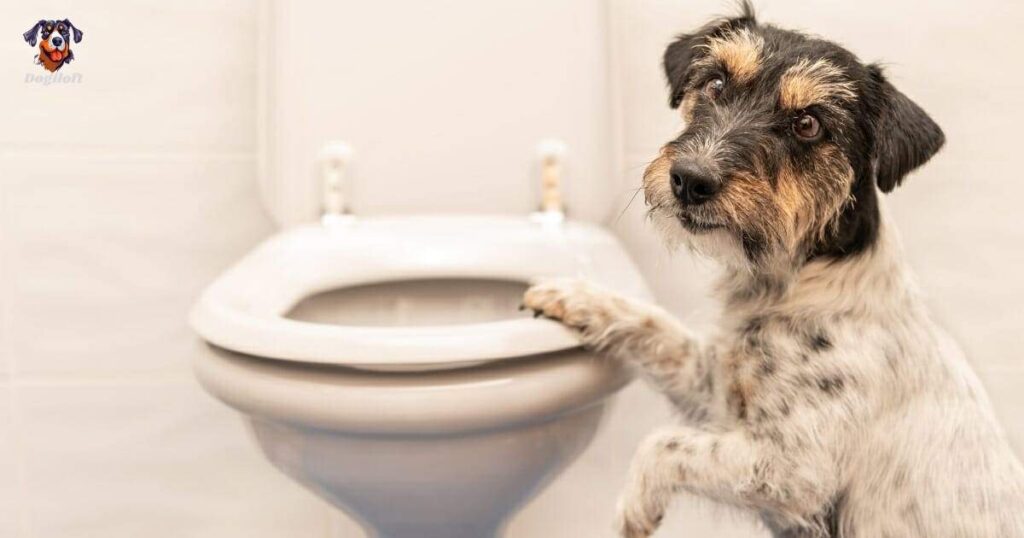
1. Stick to a Regular Routine
Consistency is the backbone of successful training. Puppies typically need to go:
- First thing in the morning.
- After meals or drinking water.
- After naps.
- Before bedtime.
Taking them out at these times builds a predictable pattern.
2. Use Positive Reinforcement
Reward good behavior immediately after your puppy eliminates in the right spot. Use treats, praise, or even a favorite toy as motivation. Remember, the reward must come right after the act, so your puppy associates the reward with their behavior.
3. Supervise Closely
Keep your puppy within sight or in a confined space (like a playpen or crate) when unsupervised. This reduces the likelihood of accidents and helps you catch them when they display potty signals.
4. Respond Promptly to Accidents
Accidents are bound to happen! When they do:
- Stay calm. Puppies respond poorly to anger or punishment.
- Clean thoroughly. Use enzymatic cleaners to remove odors that might attract your puppy to the same spot again.
What not to do: Never rub your puppy’s nose in the mess. It confuses them and undermines trust.
5. Gradually Reduce Reliance on Training Aids
If you’re using puppy pads, slowly transition to outdoor training. Move the pad closer to the door each week until your puppy is comfortable eliminating outside.
6. Be Patient and Persistent
Every puppy learns at their own pace. Some breeds, like Poodles, are quicker learners, while others, like Bulldogs, may need extra time. Celebrate small victories and keep training consistent.
Common Challenges and How to Overcome Them
Troubleshooting Toilet Training Issues
What if your puppy isn’t progressing?
- Reassess your schedule: Are you taking enough frequent potty breaks?
- Revisit positive reinforcement: Are rewards enticing enough?
Dealing with Regression
Regression is common, especially if routines change. To address this:
- Reinforce established habits with additional potty breaks.
- Reduce access to new areas of the house temporarily.
Advanced Tips for Successful Toilet Training
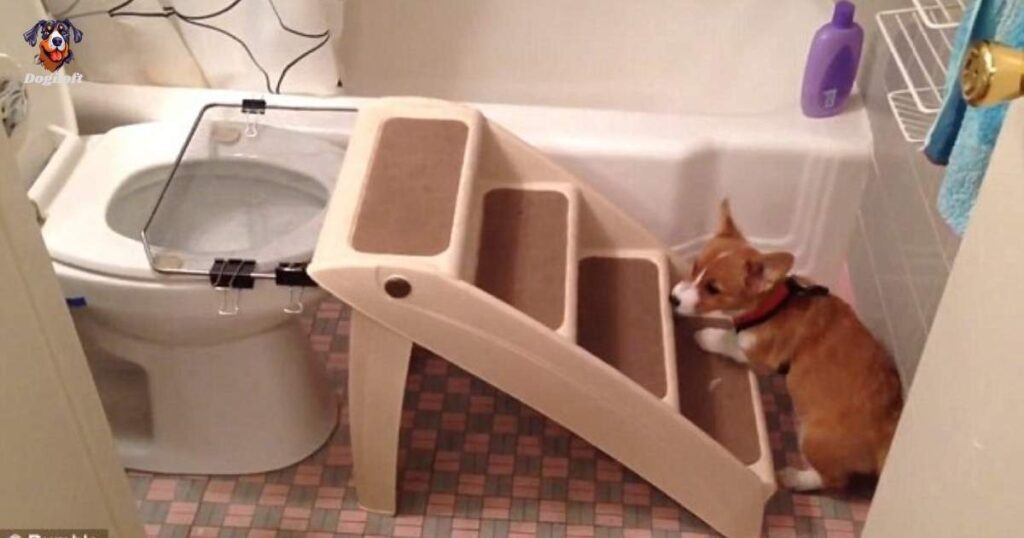
Introducing Cue Words
Use a simple cue like “Go potty!” every time you take your puppy to their toilet spot. Over time, they’ll associate the phrase with the action. If you’re dealing with dog toilet problems and how to solve them, staying consistent with cues can make a big difference.
Training for Multiple Surfaces
Some dogs may hesitate to eliminate on unfamiliar surfaces (like grass or gravel). Gradual exposure can help. Start by taking them to new surfaces during calm moments.
Frequently Asked Questions
How long does it take to toilet train a puppy?
Most puppies take 4-6 months to be fully toilet trained, though individual progress varies.
Can older dogs be toilet trained using these methods?
Yes! While it may take longer, older dogs can learn with consistent and patient training.
Should I use a crate for toilet training?
Crate training can be an effective tool, as most dogs avoid soiling their sleeping area.
Conclusion
Toilet training a puppy dog is a rewarding process that lays the foundation for a lifetime of good behavior. By staying consistent, using positive reinforcement, and addressing challenges with patience, you’ll be well on your way to raising a well-trained, happy puppy.
Start today! Share your experiences or ask questions in the comments below—we’re here to help.
